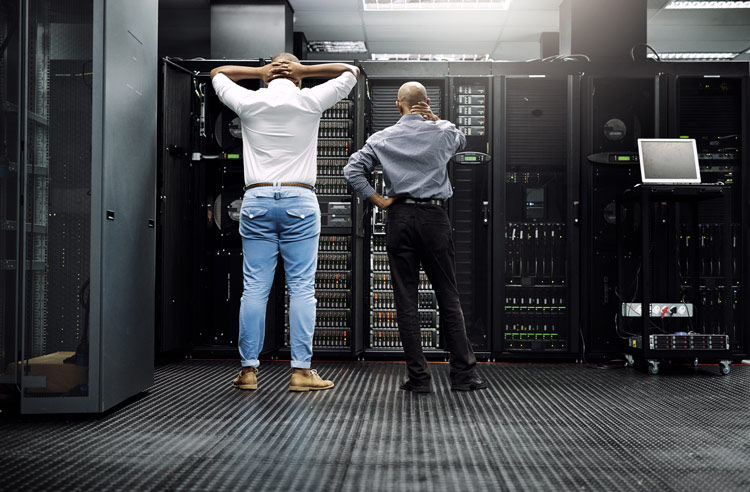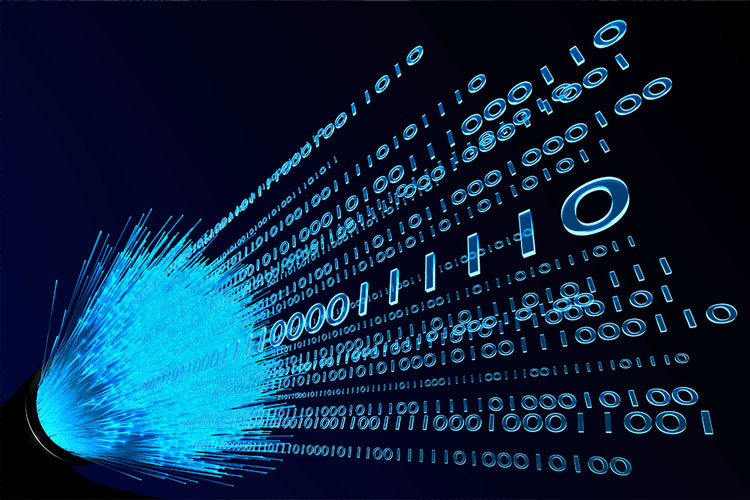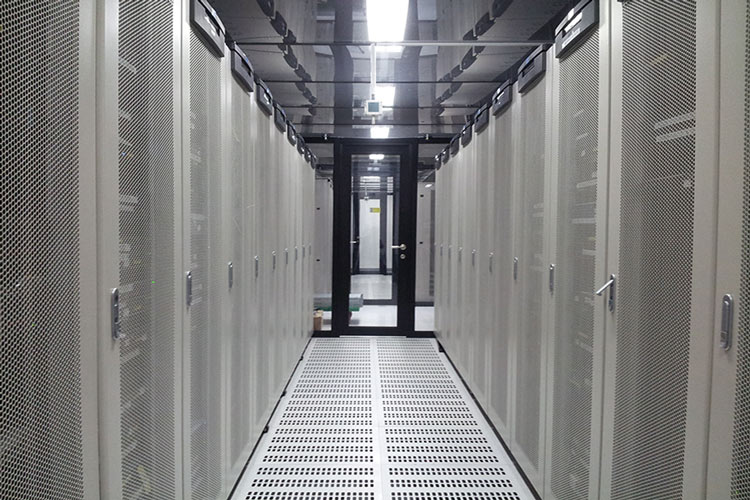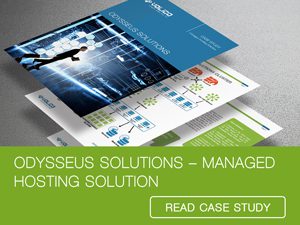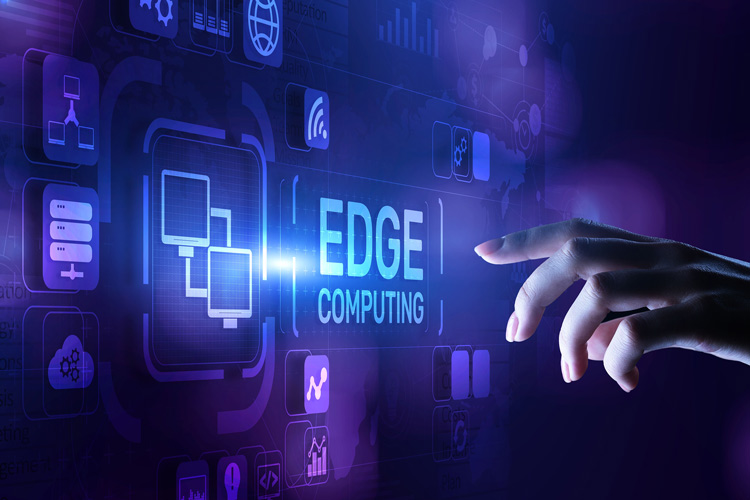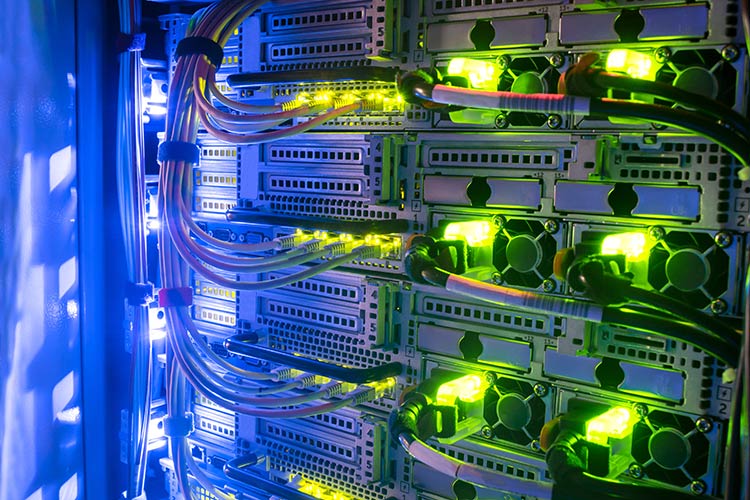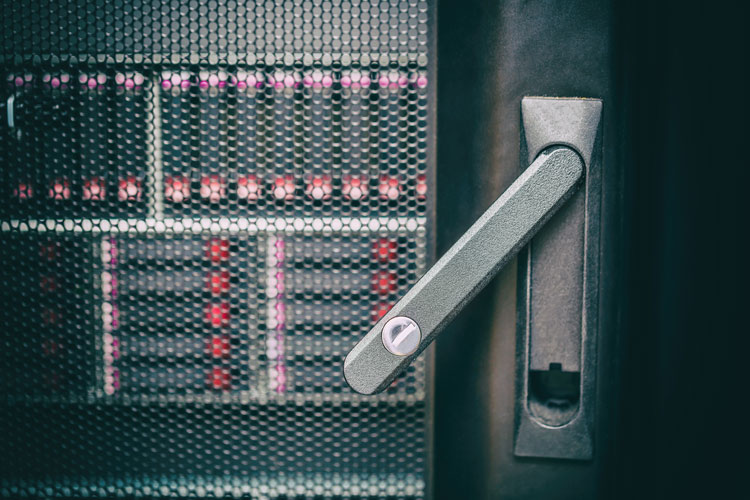If we want to assess some of the biggest risks to data safety and continuity of digital services, the first thing that comes to mind is power outages in data centers. These disruptions can be responsible for substantial financial losses for businesses, topped up with data corruption risks and the costly downtime of critical applications. Currently, the data center industry is growing at a fast rate to accommodate the rise of generative AI, and as a result, we’d expect the number of outages appearing in statistics to grow as well. However, according to a fresh report from the Uptime Institute, despite the fact that there are more incidents, their rate of increase is slower compared to the rate at which the IT capacity is expanding. So, the frequency of data center outages seems to be dropping in spite of the increase in capacity in the recent period, which is good news.
Still, when power outages in data centers do occur, they can be devastating. Common causes of blackouts are equipment failures, natural disasters, insufficient infrastructure, and human error. However, with a bit of attention directed to the right places, many of these outages can be prevented.
The importance of maintaining uninterrupted power in data centers cannot be overstated. Especially now that power demand is consistently one of the biggest challenges in the data center industry. Proactive measures are increasingly essential for ensuring operational stability and customer satisfaction. So, let’s unpack right away the main causes of power outages in data centers and what can be done to prevent them from happening.
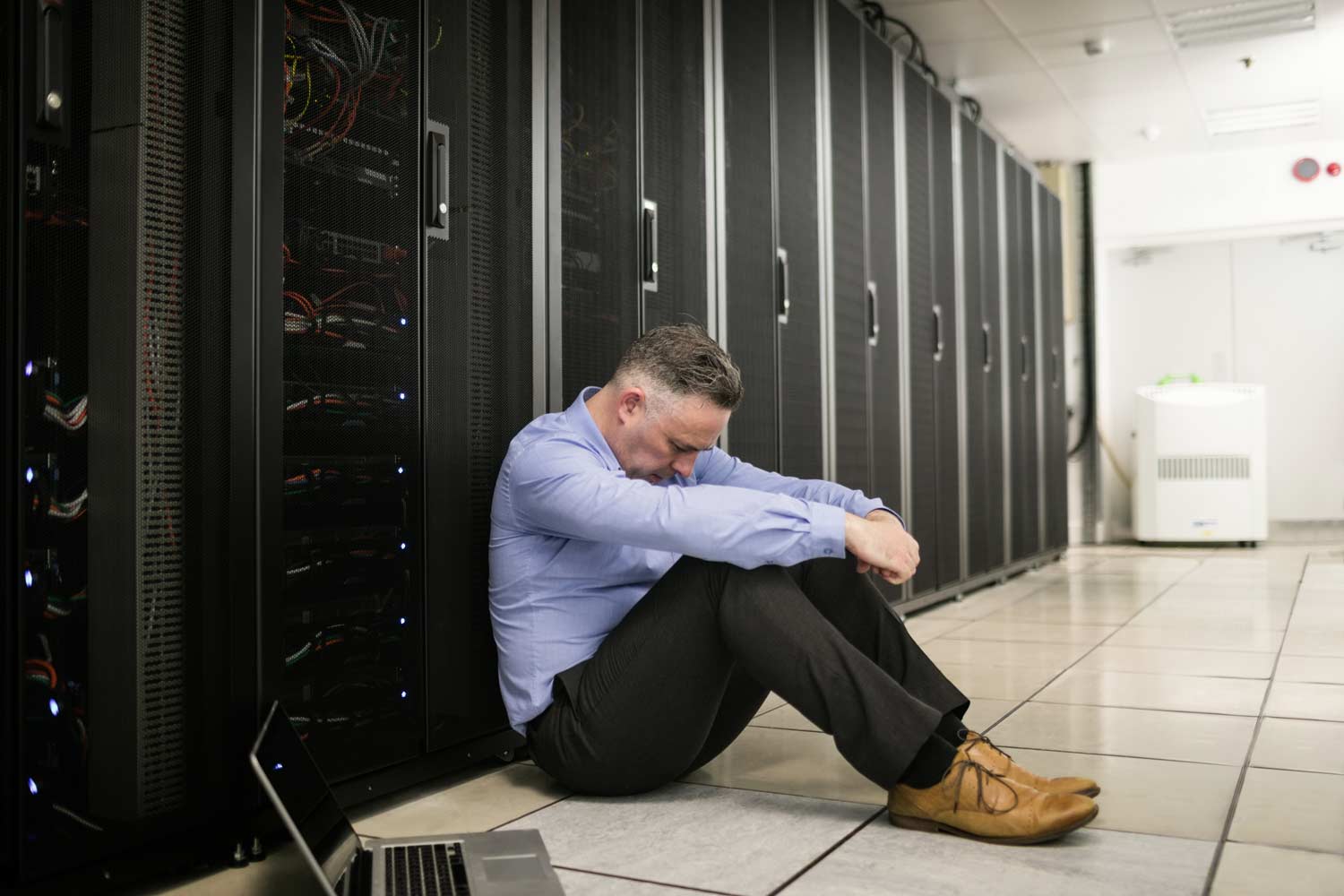
The Main Causes of Power Outages in Data Centers
Data center facilities are extremely complex, and errors can generally be caused by a large number of things. While the direct causes can be unpredictable, human error, insufficient redundancy, and failures can be lurking somewhere in the background. These can indirectly contribute to the outage and the time it takes to get back to normal functioning.
Power Grid Issues
Power grid issues are among the most frequently encountered causes of power outages in data centers. The data center is connected to a power grid serving a specific area, and if the grid becomes unstable for any reason, anything connected to it will also be affected.
Natural disasters or weather like lightning strikes, for example, can cause a lot of trouble. Storms can also damage power lines, leading to disruptions. When the grid fails, data centers that are reliant on it have to turn to backup solutions like generators and UPSs to keep critical infrastructure running. However, backup solutions can also encounter issues if the power grid issue lasts for too long or if the data center is not prepared with a powerful level of redundancy. Also, according to the Uptime report, many outages occur when a UPS or generator can’t respond to a grid disruption.
Overvoltage Spikes
Power surges are disturbances that can damage electronic equipment and cause power outages in data centers. Overvoltage spikes often originate from lightning strikes, power grid switching, or faulty wiring, overwhelming the electrical infrastructure and causing equipment failure. Power surges can occur from outlets with many connected devices.
Using protector devices is an efficient solution for preventing overflows since most data centers have a large number of devices connected to electrical sources that can experience surges. If the voltage from a source rises above 169 volts, the system will power down to protect the equipment.
Cooling and Airflow Underperformance
Since servers generate a lot of heat, cooling is an important part of the data center infrastructure that can become a source of failure. Without efficient cooling, servers can overheat, damaging the equipment. Data centers have built-in functions that automatically power the equipment down to prevent this.
Keeping an eye on cooling is crucial to ruling out overheating-related power outages in data centers. Hot aisle and cold aisle containment and efficient airflow management are key. The smallest mistakes can influence airflow. Unnecessary objects left in the way can become obstructions, destroying the healthy data center environment and leading to overheating issues.
On-Site Power Distribution
The Uptime Institute’s report indicates that power distribution unit (PDU) issues account for 52 percent of power outage incidents in data centers. PDUs distribute power to multiple devices and are critical components of the data center infrastructure. Problems can arise from faulty PDUs, improper load balancing, or inadequate maintenance, which can cause outages. PDUs can overheat, malfunction, and fail to supply consistent power, directly impacting connected servers and network devices. Regular maintenance, monitoring, and proper load distribution are key to keeping things running.
Circuit Overloading
When electrical circuits are subjected to more power than they are designed to handle, we’re talking about circuit overloading. This can happen when clients underestimate their power needs or improperly distribute the load. Overloaded circuits overheat, which can trip breakers and blow fuses, which will cut the power off. Besides the downtime, these sudden halts can damage hardware and corrupt data. Power usage policies, regular maintenance, and load balancing are absolutely necessary to prevent power outages in the data center that result from circuit overloading.
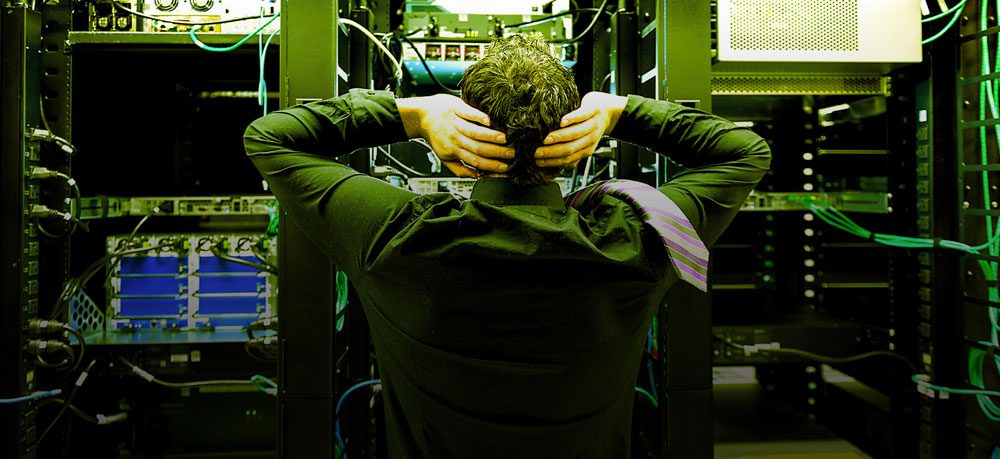
How Volico Reduces the Risk of Power Outages in its Data Centers
There’s not much you can do about a lightning strike other than be prepared with redundancy and testing backup power supplies regularly. However, many other causes of outages in data centers are possible to avoid with a high probability of success. Every client is different and has different assistance needs. Knowing this, Volico Data Centers can help customers by offering support to assess, monitor, and manage their power needs to avoid outages. We have a variety of prevention strategies and offer expert advice to quickly and efficiently resolve emerging issues before they cause problems. Here are some of our key strategies.
Capacity Planning and Consultation
During the onboarding process, an assessment of the customer’s current infrastructure and power needs is conducted. Discussing workload, estimated growth, and compliance requirements helps to accurately assess the power provisioning needs. Depending on each customer’s needs, Volico can help calculate power needs for specific equipment and offer redundancy and backup recommendations. Scheduling future reviews can help adjust allocations as required.
Infrastructure Planning and Support
After a comprehensive evaluation, we can develop a personalized power capacity plan, ensuring redundancy with A/B power feeds and efficient cooling solutions. The infrastructure layout includes optimal rack placement, organized cable management for balanced power distribution and easy maintenance, and selecting the optimal PDUs and UPSs for continuous operation.
Optimization For Power Usage Effectiveness
By building efficient infrastructures and using real-time monitoring and advanced cooling solutions to minimize energy waste, data centers can achieve better power usage effectiveness or PUE. This offers not only a more sustainable solution but smaller bills as well, thanks to lower power consumption.
Real-time Server Monitoring
Volico offers server monitoring services to ensure the most efficient functioning. Real-time server monitoring offered by the data center provider can help in various ways, especially when a company doesn’t have its own resources to monitor its systems efficiently. Monitoring can help track down possible inefficiencies and failures that can cause power outages and react to them in time.
Load Balancing
Power outages in data centers are often caused by over-encumbered circuits. Load balancing services can help set up good power distribution across circuits to prevent overloading. Together with redundant power supplies (A/B feeds), load balancing can contribute significantly to preventing outages.
Scalable Approach
When businesses experience growth, power consumption and distribution needs can change radically. Changing requirements or fluctuations in workloads can influence needs. Volico’s team of professionals works closely with the customer to prevent disruptions and ensure continuous efficiency. We assess changing needs and scale with as much flexibility as possible.
Conclusion
Power outages in data centers sometimes happen despite all efforts and expertise. That’s why our team at Volico Data Centers is constantly reevaluating, checking, testing, and doing everything to stay prepared and prevent avoidable outages from happening.
If you’d like to learn more about power outages and how Volico can help you avoid the pitfalls, call us at (305) 735-8098 to talk to a member of our team of experts or send us a message on chat.


